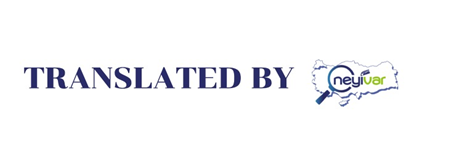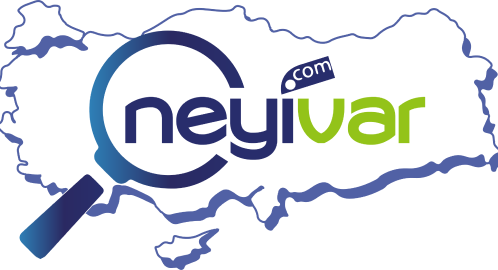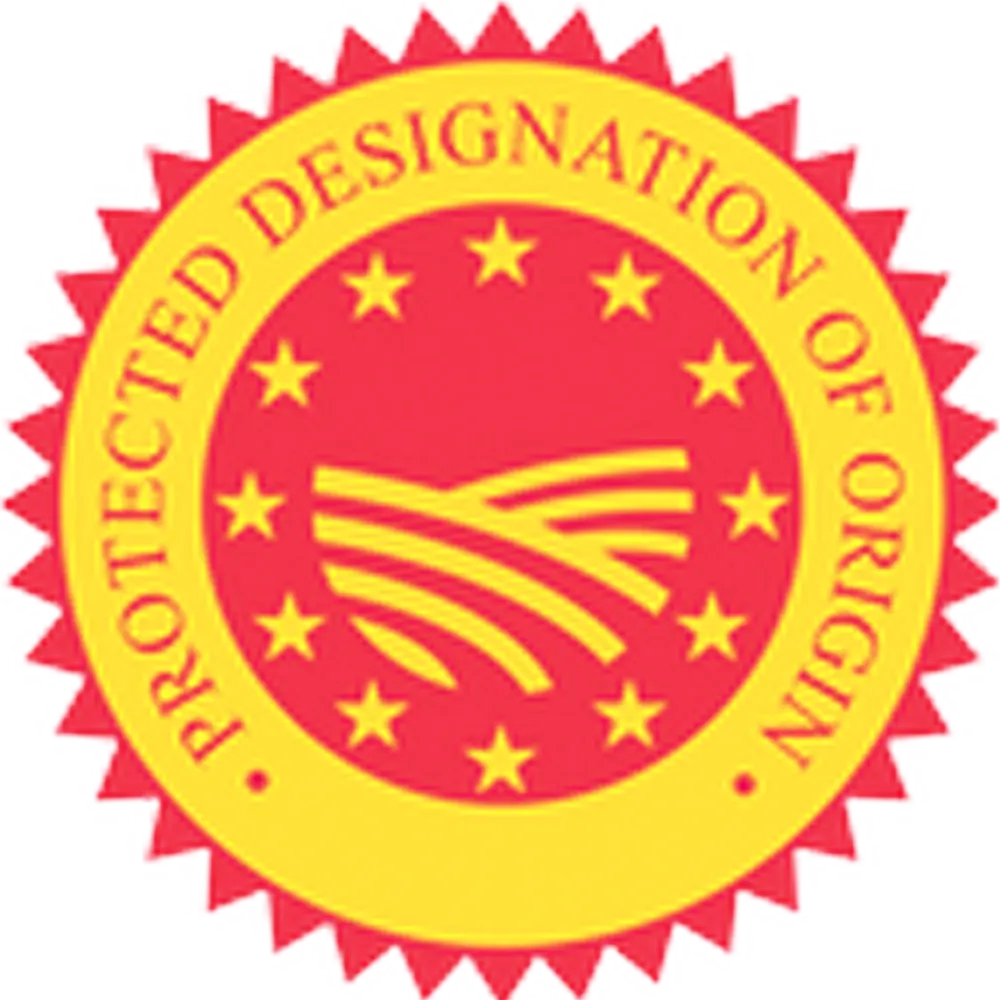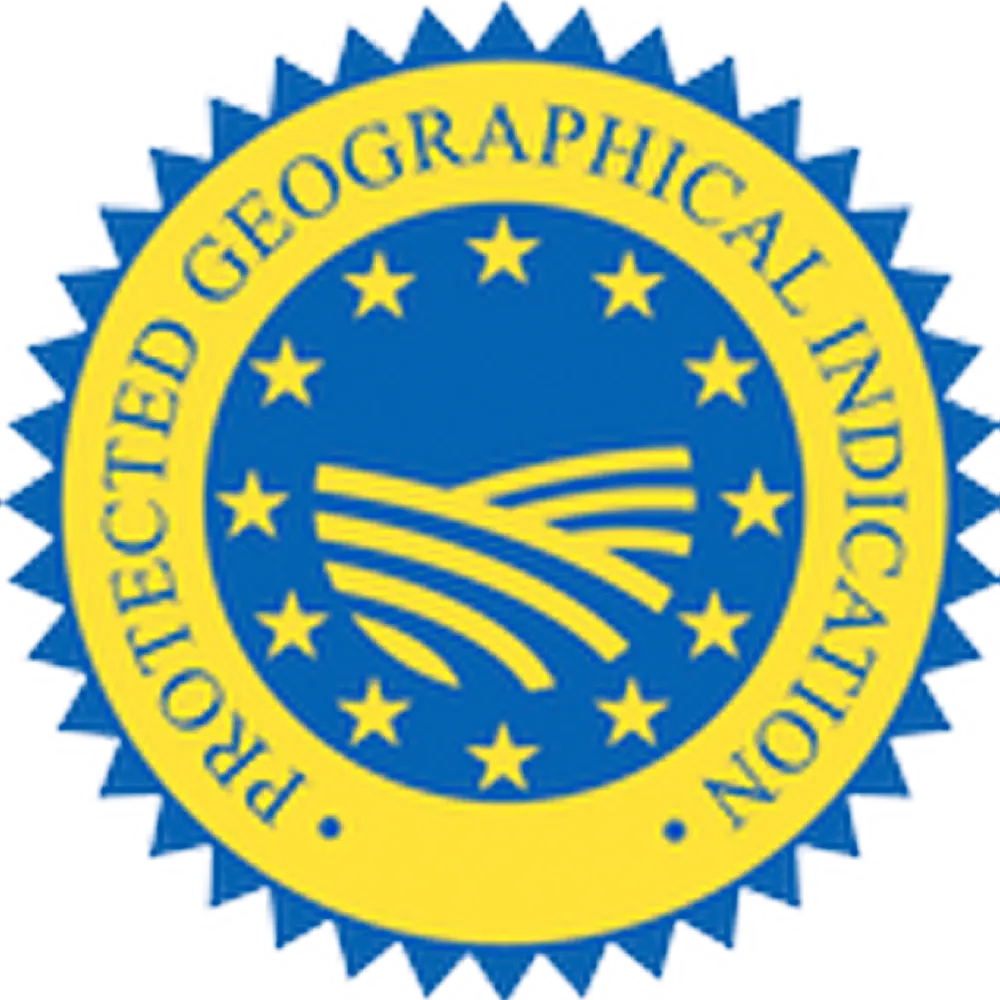Antep Chickpea Roll Protected Geographical Indication
Thursday, July 7, 2022
No: 631 – Protected Geographical Indication (PGI)
GAZIANTEP CHICKPEA ROLL / ANTEP CHICKPEA ROLL
Registrant
FOUNDATION FOR DEVELOPMENT OF GAZIANTEP
This geographical indication was registered on 17.12.2020 to be protected as of 09.03.2020 within the scope of the Industrial Property Law No. 6769.
Registration Number : 631
Registration Date : 17.12.2020
Application Number : C2020/071
Application Date : 09.03.2020
Name of Geographical Indication : Gaziantep Chickpea Roll / Antep Chickpea Roll
Product / Product Group : Chickpea Roll / Food and Soups
Type of Geographical Indication : Protected Geographical Indication (PGI)
Registrant : Foundation for Development of Gaziantep
Address of Registrant : İncili Pınar Mah. 36004 Cad. No:4/1 Şehitkamil GAZİANTEP
Geographical Border : Gaziantep province
Usage Format : The phrase Gaziantep Chickpea Roll / Antep Chickpea Roll and the geographical
indication emblem are placed on the product itself or on its packaging. When it
cannot be used on the product itself or on its packaging, the phrase Gaziantep
Chickpea Roll / Antep Chickpea Roll and the geographical indication emblem are
kept in the business in such a way that it can be easily seen.

Product Description and Distinguishing Features:
Gaziantep Chickpea Roll / Antep Chickpea Roll; its history dates back to the 19th century, it is a food that is especially preferred for breakfast and lunch within the region, prepared by wrapping plain and tomato paste-enriched chickpeas with various garnishes (parsley, tomato, eggplant or french fries) in Antep Indented Pita / Gaziantep Indented Pita, registered as a geographical indication with the number 223. In the preparation of Gaziantep Chickpea Roll / Antep Chickpea Roll, the use of “koçbaşı” chickpea with large and light yellow grains and Antep Indented Pita / Gaziantep Indented Pita are the distinguishing features of the product. Gaziantep Chickpea Roll / Antep Chickpea Roll is included in many cookbooks published about Gaziantep cuisine and in Gaziantep travel guides, and is considered among the most famous street delicacies of Gaziantep.
Production Method:
The chickpeas to be used in making Gaziantep Chickpea Roll / Antep Chickpea Roll are soaked with enough water overnight. The next day, this water is changed and optionally marrowbone meat is added and cooked in cauldrons or pressure cookers until soft. In cases of cauldrons being used, the white foam (kef) that rises on the chickpeas during boiling gets removed. A homogeneous mixture is obtained by adding oil (corn or sunflower oil), spices, salt and optionally hot chili pepper on the cooked chickpeas.
200-300 grams of the chickpea mixture is added between the Antep Indented Pita / Gaziantep Indented Pita. It is served by adding spices, onions, parsley, tomatoes, eggplant or french fries on demand.
Production, Processing and Other Operations to be Performed within the Geographical Boundary:
Gaziantep Chickpea Roll / Antep Chickpea Roll requires traditional production method, master skills and has a reputation bond in the region. In addition, Antep Indented Pita / Gaziantep Indented Pita, registered as a geographical indication with the number of 223, produced in the geographical border, is used in production. Thus, all stages of production must be carried out within the specified geographical boundary.
Inspection :
Inspections are carried out under the coordination of Gaziantep Development Foundation and by an inspection authority consisting of one expert representative each to be assigned by Gaziantep Provincial Directorate of Agriculture and Forestry, Gaziantep Metropolitan Municipality and Gaziantep Union of Chambers of Craftsmen and Craftsmen.
The supervisory authority audits the properness of the production method, the ingredients used in production and their ratios, as well as the appropriateness of the Gaziantep Chickpea Roll / Antep Chickpea Roll phrase, logo and the use of the emblem of the geographical indication. Inspections to be carried out regularly once a year can be carried out at any time upon complaint or suspicion.
The supervisory authority may benefit from or purchase services of public or private institutions, or natural or private entities in charge, during the execution of the inspection. The registrant carries out the legal processes for the protection of rights.

Original text from ci.gov.tr.












